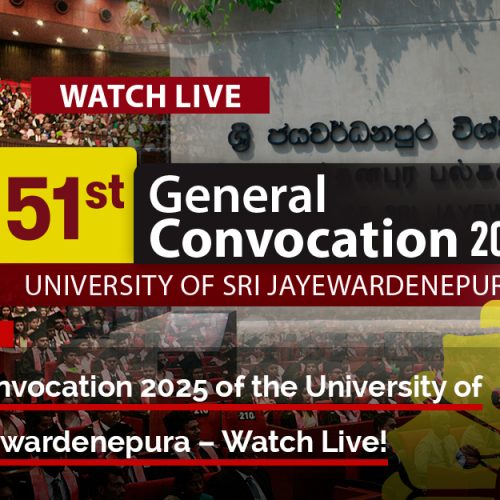
Kala Suri Dr. Praneeth Abheysundara, Senior Lecturer at Department of Sociology and Anthropology with Japura Media have produced series of short videos on introducing concepts behind upcoming Sinhala and Tamai New Year to Young Generation.
What is New Year – කලාසුරී ආචාර්ය ප්රණීත් අභයසුන්දර
According to Astrology the house of Pisces is the twelfth and last house in the Celestial. Folklore therefore permits a belief that the dawn of the New Year celebrates the sun’s transition from the house of Pisces to the house of Aries. However it is scientifically proven that it is not the sun which moves but planet Earth. The New Year therefore is not just a celebration of the sun but it also involves the moon. It is an important and cherished festival since it brings together an entire society which ultimately promotes peace and harmony.
Sinhala – Hindu New Year or Sinhala – Tamil New Year?
The very term “Sinhala – Hindu New Year” is problematic since Sinhala is a race while Hindu is a religion. This is probably why it has been re-articulated as the “Sinhala – Tamil New Year”. Ancient scholars have identified this as the “New Year of the Sinhalese,” nevertheless even the Tamil population celebrates this festival. This tradition of celebrating a New Year in the month of April (Baka) where prosperity blossoms in terms of crops and nature, is generally a period of flourishing goodness to those involved in agriculture; even though it is not visible in the Northern parts of India, I’ve witnessed this celebration among the Southern Indian Tamils in addition to the numerous other communities around the world who celebrate. People take a break from their busy lives roughly from the 10th to 20th of April and indulge in ceremonial cultural activities associated with this festival which promote and peace, goodwill and happiness.
Tidying, clearing and cleaning for New Year
Tidying, clearing and cleaning the surroundings before the dawn of the New Year is a customary habit practiced. Houses made of clay and wattle are renewed and cleaned with a new layer of cow dung and clay. This entire process highlights two significant ideas;
1) “Daha maha dosaya iwath kirima” which signifies the removing of dirt and dust that is collected within the household, by the lady of the house.
2) “Kunu Tikirata bath deema” is a traditional service of sorts mentioned in a text written by Ven. Rev. Baddegama Wimalawansa. The Aryans traditionally offered a pooja to God Rudra and “Kunu Tikirata bath deema” is identified to be an offshoot influenced by that custom. It says that the garbage collected in the household should be taken to the place it is dumped, wherein a candle, camphor and incense is lit with an offering of a flower and a piece of milk rice.
Prof. A. W. Adikaram has also written on this topic questioning if we should renew ourselves physically and mentally during this period only, and has suggested that we do so constantly. Sharing is also another prominent feature of this period which should be practiced continuously.
Water Conservation Customs and Rituals during Sri Lankan New Year
“Lindha Indul Kireema” also known as “Lindha samaga ganu denu kireema” is yet another traditional avurudhu custom practiced during the Sinhala – Tamil New Year. This which in certain other parts of the country involves lakes/ponds etc. (Waewa samaga ganudenu kireema) People herein would fill a pot of water from the well/lake during the New Year season, strain it for purification and would place it in a safe place indoors allowing it to hang from the roof. As the New Year dawns the following year, they would take this pot and empty the water to the well/lake from which it was taken. When doing so the natives would also drop a copper/one cent coin, cubes of coal, milk rice etc. and would refill the pot and leave it until the next year as before.
This custom becomes tricky for those of us living in the cities since we negotiate with taps over wells/lakes etc. The urban living group can perform this custom by filling water from the tap instead of the well etc. and deposit it in a safe location indoors after straining to purify it.
Water is an invaluable resource and this practice promotes the preservation of this treasure. At a time when the country is facing a beastly draught, preservation of water is something we all should keep in mind.








